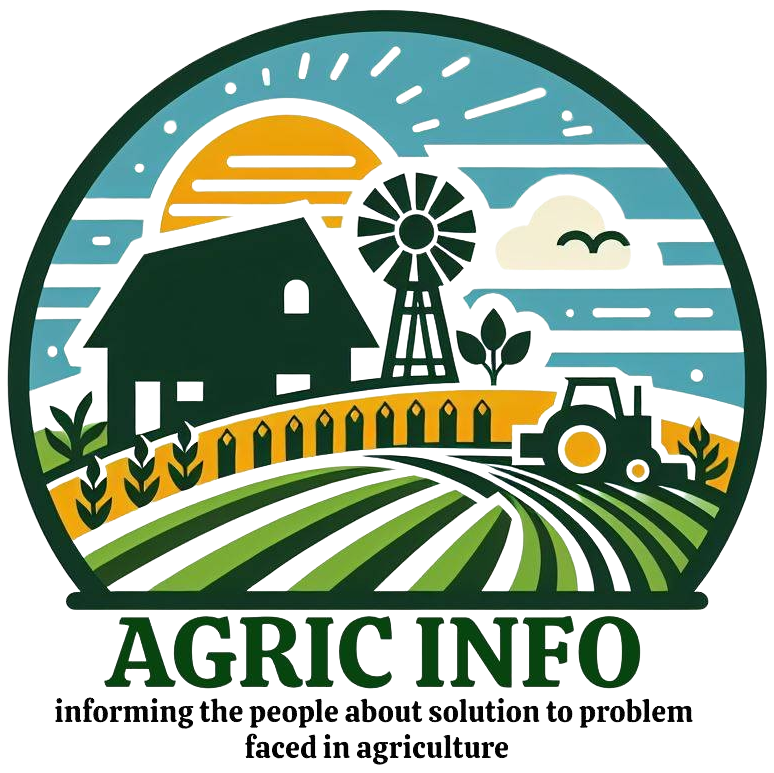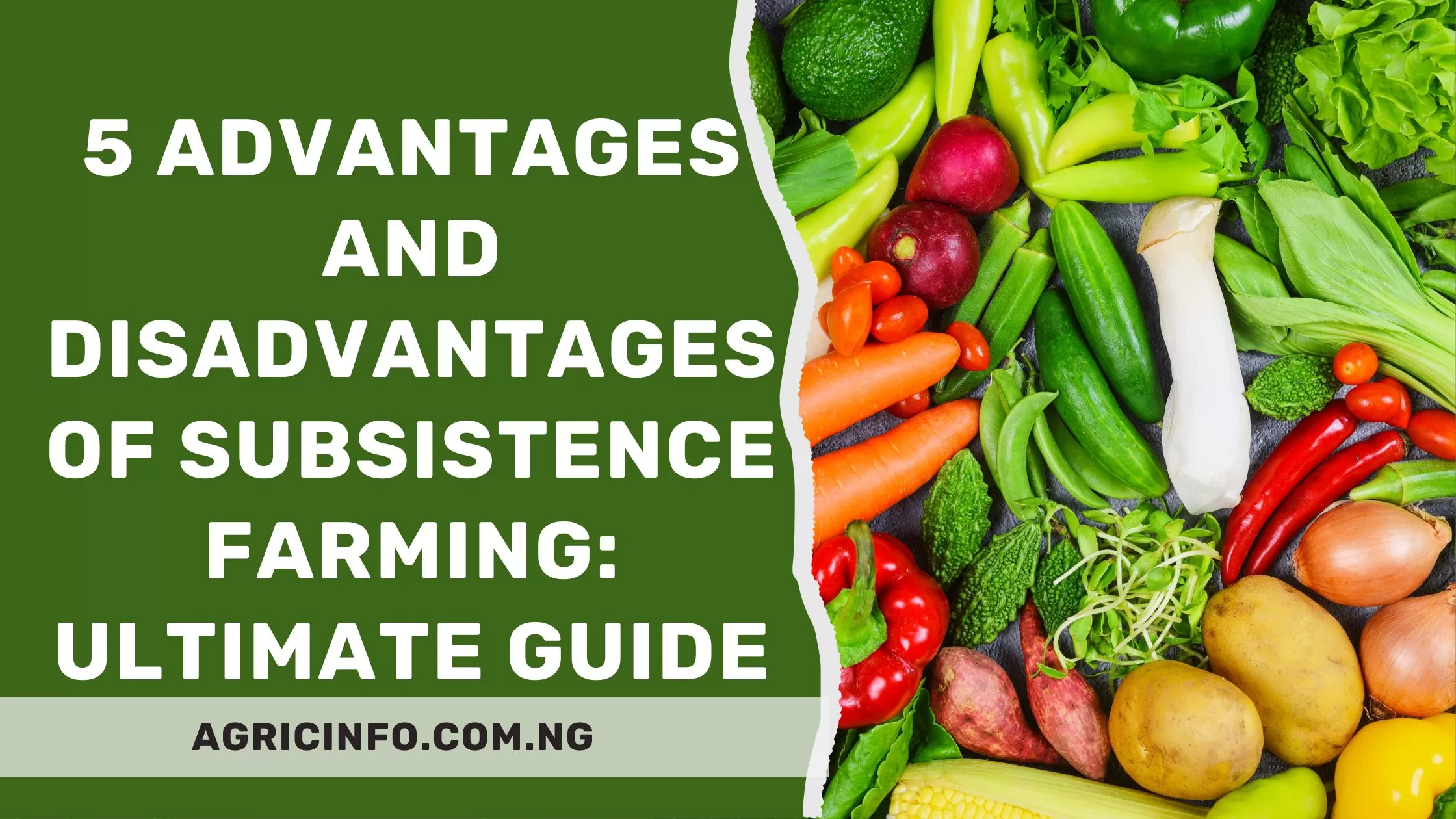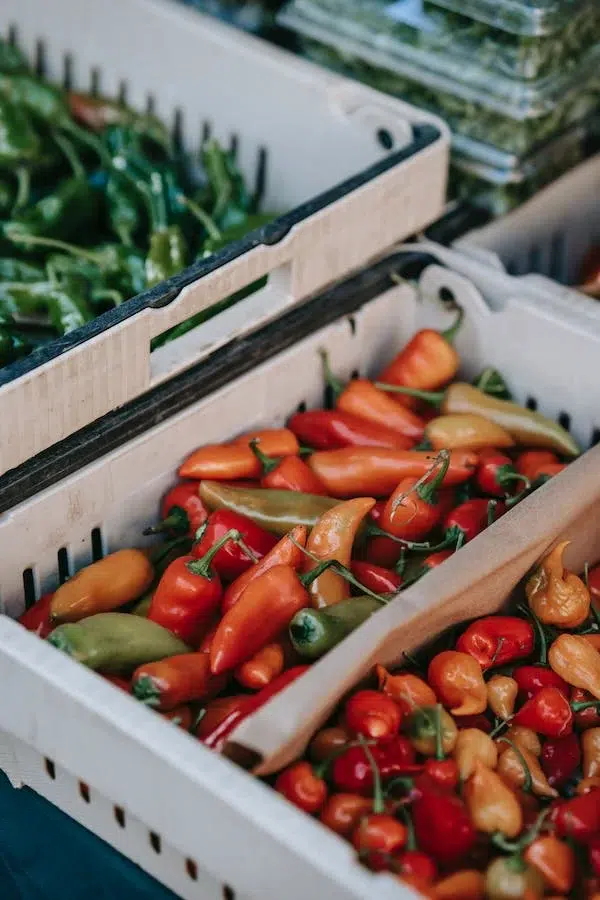Advantages and Disadvantages of Subsistence Farming 2024: Ultimate Guide
Before you decide if you should consider Subsistence farming or not, read this guide on the advantages and disadvantages of Subsistence farming.
Subsistence farming is a type of farming where the primary goal is to produce enough food to meet the needs of the farmer and their family.
It is often practiced in rural and poor regions of the world, and it can also be found in urban and suburban areas.
In this article, we will take you through everything you need to know about the advantages and disadvantages of subsistence farming.
Read also 5 Advantages and Disadvantages of Mixed Farming: Ultimate Guide
What is Subsistence Farming?
Subsistence farming refers to the practice of farming for survival.
It involves small-scale farming methods aimed at producing enough food to support the farmer and their family
There are three major types of subsistence farming: intensive farming, shifting cultivation, and pastoral nomadism
Advantages of Subsistence Farming
1. Self-sufficiency:
Subsistence farming allows individuals and communities to be self-sufficient in areas with limited resources.
It provides a way for people in rural areas to survive and live in villages.
2. Simple lifestyle:
Subsistence farming offers a relatively simple lifestyle without the need for extensive travel or commercial equipment.
It can provide a sense of connection to the land and a slower pace of life.
3. Ecological soundness:
Subsistence farming often involves the use of locally adapted and resilient species and cultivars, making it ecologically sound.
It can have a smaller impact on the environment when practicing regenerative farming methods.
Disadvantages of Subsistence Farming
1. Low productivity:
One of the main disadvantages of subsistence farming is its low productivity.
Due to limited resources and small-scale operations, the yield per unit of land is often lower compared to commercial farming methods.
2. Vulnerability to external factors:
Subsistence farming is highly susceptible to changes in climate, severe weather events, and other destructive factors.
Any disruption, such as blight, drought, or pests, can have a significant impact on the farmer’s livelihood.
3. Labor-intensive:
Subsistence farming is usually dependent on the labor of the farmer and their family, with limited access to machinery or work animals.
If someone gets injured or equipment breaks down, it can affect the entire process.
See also 6 Best Types of Farming in Nigeria: Complete Guide for Beginners
Final Note on Advantages and Disadvantages of Subsistence Farming
Subsistence farming plays provides food security and livelihoods for many communities around the world.
While it offers self-sufficiency and a simpler lifestyle, it also faces challenges such as low productivity and vulnerability to external factors.
Understanding the advantages and disadvantages of subsistence farming can help inform discussions on sustainable agriculture and rural development.
We hope this article has helped understand the Advantages and Disadvantages of Subsistence Farming
If you have any further questions or need additional guidance, feel free to leave a comment below
Thank you for reading.


